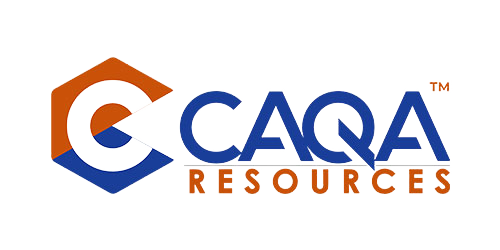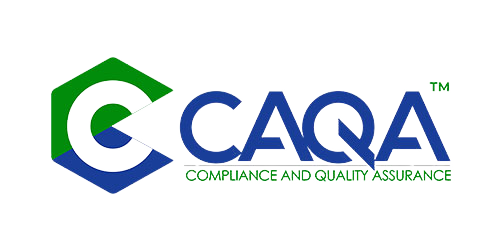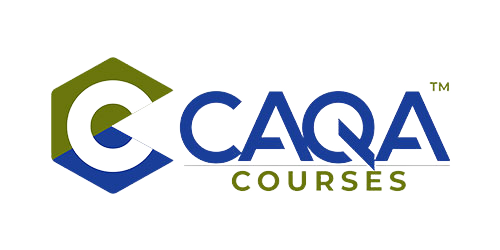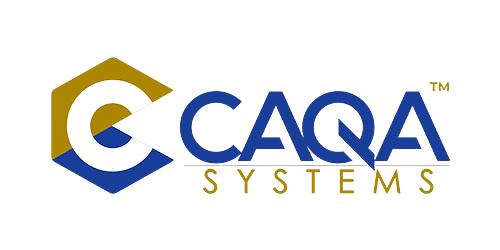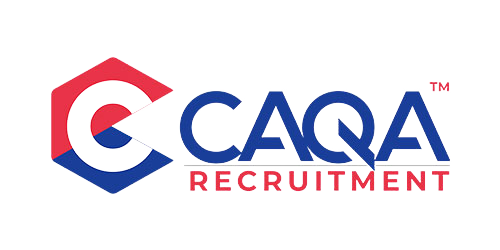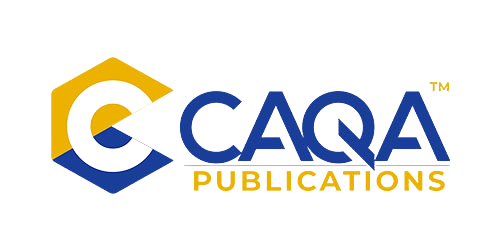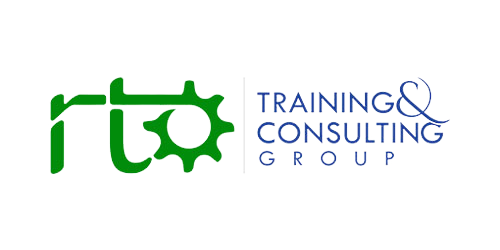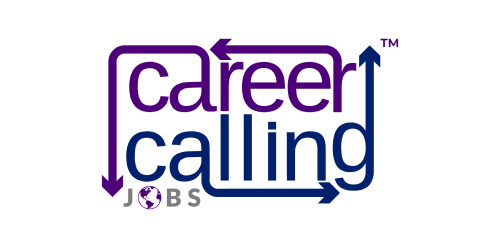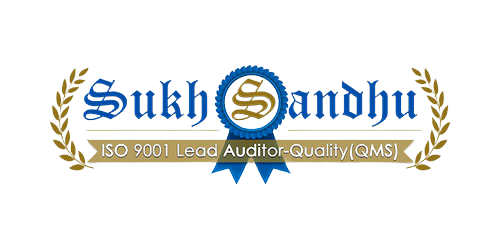Let's explore the importance of continuous improvement (CI) within Registered Training Organisations (RTOs), focusing on strategies to enhance training quality, compliance, and operational efficiency. It discusses leveraging feedback from students, employers, and staff, as well as using audits, complaints analysis, and validation/moderation practices to drive improvements. The article also highlights how RTOs can evidence actual improvements and avoid the pitfall of relying solely on survey data. By implementing robust CI practices, RTOs can demonstrate their commitment to high standards and maintain compliance in the long term.
Continuous improvement (CI) is a fundamental principle for any Registered Training Organisation (RTO) seeking to maintain high standards in training and assessment while meeting compliance requirements. The process of continuous improvement is not just a one-off effort or a reaction to audit findings—it is an ongoing commitment to evaluating and enhancing the systems, processes, and outcomes that shape the quality of education and services provided to students.
For RTOs, a proactive approach to continuous improvement ensures that they not only comply with regulatory standards but also evolve to meet the ever-changing needs of students, employers, and the broader industry. This process goes beyond simply implementing changes based on audit feedback. It requires an organisation-wide commitment to fostering a culture of reflection, learning, and adaptation, which drives sustainable success.
This article will explore the key components of continuous improvement in RTOs. Specifically, we will examine strategies for identifying areas of improvement, using feedback effectively, analysing complaints for recurring issues, implementing validation and moderation processes, and ensuring that improvements are evidenced in a meaningful way. By the end of this article, RTOs will have a clearer understanding of how to leverage continuous improvement to strengthen their operations and enhance the quality of their training and assessment services.
1. What is Continuous Improvement in RTOs?
Continuous improvement in the context of an RTO refers to the systematic process of identifying, evaluating, and enhancing training and assessment practices, operational processes, and student support services to ensure the highest quality outcomes. The goal of continuous improvement is to increase the effectiveness and efficiency of an organisation while aligning with industry standards and regulatory requirements.
The Role of CI in RTO Operations:
-
Adapting to Changes: Continuous improvement helps RTOs stay agile and adaptable to changes in industry needs, student expectations, and regulatory requirements.
-
Ensuring Quality: It ensures that training programs, assessment strategies, and student services maintain a high standard of quality.
-
Fostering a Culture of Excellence: When RTOs embrace CI, it fosters a culture of excellence within the organisation, where staff are actively involved in seeking ways to improve processes and outcomes.
Key Components of Continuous Improvement:
-
Regular Monitoring and Review: Ongoing evaluation of training delivery, assessment, and student outcomes to identify areas for improvement.
-
Feedback Systems: Gathering feedback from students, employers, trainers, and other stakeholders to understand their experiences and needs.
-
Actionable Plans: Implementing changes based on feedback, audits, and other evaluations to address areas of improvement.
-
Tracking Progress: Documenting changes and improvements made over time to ensure they lead to tangible benefits.
2. Strategies for Continuous Improvement: Leveraging Feedback and Data
Effective strategies for continuous improvement rely heavily on gathering and analysing data from various sources. This data provides valuable insights into how an RTO’s operations and services are perceived by those they impact, including students, employers, and staff.
a. Feedback from Students, Employers, Industry, and Staff
Feedback from key stakeholders is one of the most direct ways to identify areas for improvement. However, it is important to think beyond standard surveys and use multiple feedback channels to gain a holistic view of the RTO’s performance.
Student Feedback:
-
Surveys: While traditional surveys remain valuable, it is important to gather qualitative feedback (e.g., open-ended questions) alongside quantitative responses to uncover underlying issues and suggestions for improvement.
-
Focus Groups: Organising focus groups or individual interviews with students can provide more in-depth insights into their experiences, challenges, and satisfaction with the training.
-
Exit Interviews: Conducting exit interviews with students who complete their courses can offer valuable feedback on the overall learning experience, curriculum, teaching methods, and support services.
Employer Feedback:
-
Workplace Assessments: Collect feedback from employers on the workplace performance of students who have completed their training. This feedback is crucial in understanding how well the training prepares students for real-world job demands.
-
Industry Collaboration: Engaging with industry groups and employers regularly helps RTOs ensure that their training programs are aligned with current industry standards and requirements.
Staff Feedback:
-
Internal Surveys and Meetings: Gather feedback from trainers, assessors, and administrative staff about their perceptions of the training delivery and assessment processes. This feedback is vital in identifying internal challenges and potential improvements in operations.
b. Beyond Surveys: Thinking Holistically
While surveys are essential for gathering feedback, they are only one part of the equation. RTOs should also incorporate the following strategies for continuous improvement:
-
Observation and Reflection: Regularly observing training sessions and assessments allows RTOs to identify areas where improvements can be made in teaching methods, learning resources, or assessment practices.
-
Industry Forums and Networking: Attending industry forums, networking events, and conferences allows RTOs to stay updated on industry trends, best practices, and new technologies, all of which can inform continuous improvement efforts.
-
Peer Reviews: Encouraging trainers and assessors to participate in peer reviews and share best practices can enhance teaching and assessment quality.
3. Analyse Complaints to Identify Recurring Issues
An often overlooked area of continuous improvement is the analysis of complaints. Complaints may seem like isolated incidents, but when analysed systematically, they can reveal recurring issues that need to be addressed to improve the overall quality of the RTO’s operations.
The Importance of Complaints Analysis:
-
Early Identification of Issues: Complaints are often a sign that something is not working as it should, whether it’s a student’s experience, an assessment tool, or an administrative process.
-
Understanding Root Causes: By analysing complaints, RTOs can identify patterns and determine the underlying causes of recurring issues. This allows for targeted action to prevent similar complaints from occurring in the future.
How to Analyse Complaints Effectively:
-
Categories Complaints: Group complaints into categories (e.g., assessment, delivery, customer service, facilities) to identify patterns and commonalities.
-
Track and Measure: Maintain a complaint register and track the number of complaints over time, their resolution status, and any follow-up actions taken.
-
Root Cause Analysis: Use techniques such as the 5 Whys or Fishbone Diagrams to drill down to the root causes of recurring complaints. This analysis helps in identifying process changes or training needs to prevent further issues.
4. Validation and Moderation: Ensuring Consistency and Accuracy
Validation and moderation are essential processes for ensuring the quality and consistency of assessments. They help maintain the integrity of the qualification and ensure that assessment outcomes are valid, reliable, and fair.
a. Validation of Assessment Tools
Assessment tool validation ensures that the tools used for assessing student competence are accurate, relevant, and aligned with the required standards. This involves:
-
Reviewing Assessment Tools: Periodically reviewing and updating assessment tools to ensure they remain aligned with the training package, industry standards, and the RTO’s policies.
-
Industry Consultation: Involving industry representatives in the validation process to ensure that the assessments reflect current industry practices and meet employer expectations.
b. Moderation of Assessments (Currently, assessment moderation is not mandated by the standards; however, it has been adopted as a recommended best practice.)
Moderation is the process of ensuring that assessments are applied consistently across different trainers and assessors. It ensures that there is no variation in assessment outcomes due to differences in individual assessor interpretation.
-
Internal Moderation: Conduct regular internal moderation sessions where assessors review each other’s assessments to ensure consistency in applying the criteria and standards.
-
External Moderation: Engaging with external moderation bodies or industry experts to verify that the RTO’s assessment practices meet industry benchmarks and regulatory standards.
5. Evidence of Actual Improvement: Beyond Survey Forms
A common pitfall for RTOs is mistaking the collection of feedback (e.g., survey responses) as evidence of improvement. While feedback is an essential part of the improvement process, it does not, by itself, demonstrate that improvements have been made.
How to Evidence Actual Improvement:
-
Documented Changes: Show evidence of specific actions taken to address feedback, complaints, or audit findings. This could include revised training materials, updated assessment tools, new processes, or changes in delivery methods.
-
Outcomes and Results: Demonstrate how changes have led to measurable improvements, such as higher student satisfaction, improved assessment outcomes, or reduced complaints.
-
Follow-Up Actions: Track the progress of improvements over time. For example, if changes were made to address a recurrent issue in assessment, monitor the effectiveness of those changes by tracking how many complaints or issues arise related to the same problem.
6. Implementing the Continuous Improvement Plan
Once improvements are identified, it’s essential to implement them in a structured and effective way. This requires a clear plan that outlines the changes to be made, the actions required to make those changes, and the timeline for implementation.
Steps for Implementing a Continuous Improvement Plan:
-
Set Clear Objectives: Define the specific outcomes you want to achieve with the improvements. These should be aligned with the RTO’s goals and regulatory requirements.
-
Allocate Resources: Ensure that the necessary resources, including time, staff, and budget, are available to implement the improvements.
-
Assign Responsibilities: Assign roles and responsibilities to staff members for carrying out the improvements. Make sure everyone involved understands their tasks and the expected timeline.
-
Monitor Progress: Regularly monitor the progress of the improvements to ensure they are being implemented effectively and to track any issues that may arise.
-
Review and Refine: Once the improvements have been implemented, review their effectiveness and refine the plan as needed. Continuous improvement is an ongoing cycle, and regular review ensures that the RTO remains on track to meet its goals.
Continuous Improvement as a Pathway to Success
Continuous improvement is more than a compliance requirement—it is a powerful tool for enhancing the quality of education and services provided by RTOs. By strategically gathering feedback, analysing complaints, implementing validation and moderation processes, and ensuring that improvements are documented and tracked, RTOs can create a cycle of ongoing progress that leads to better outcomes for students, staff, and employers.
For RTOs, embracing continuous improvement is a journey, not a destination. By making a commitment to quality, seeking actionable feedback, and continuously refining their practices, RTOs can ensure they remain compliant with regulatory standards, meet industry needs, and provide the best possible learning experiences for students.









